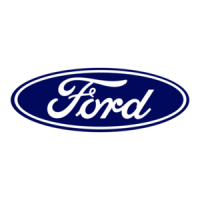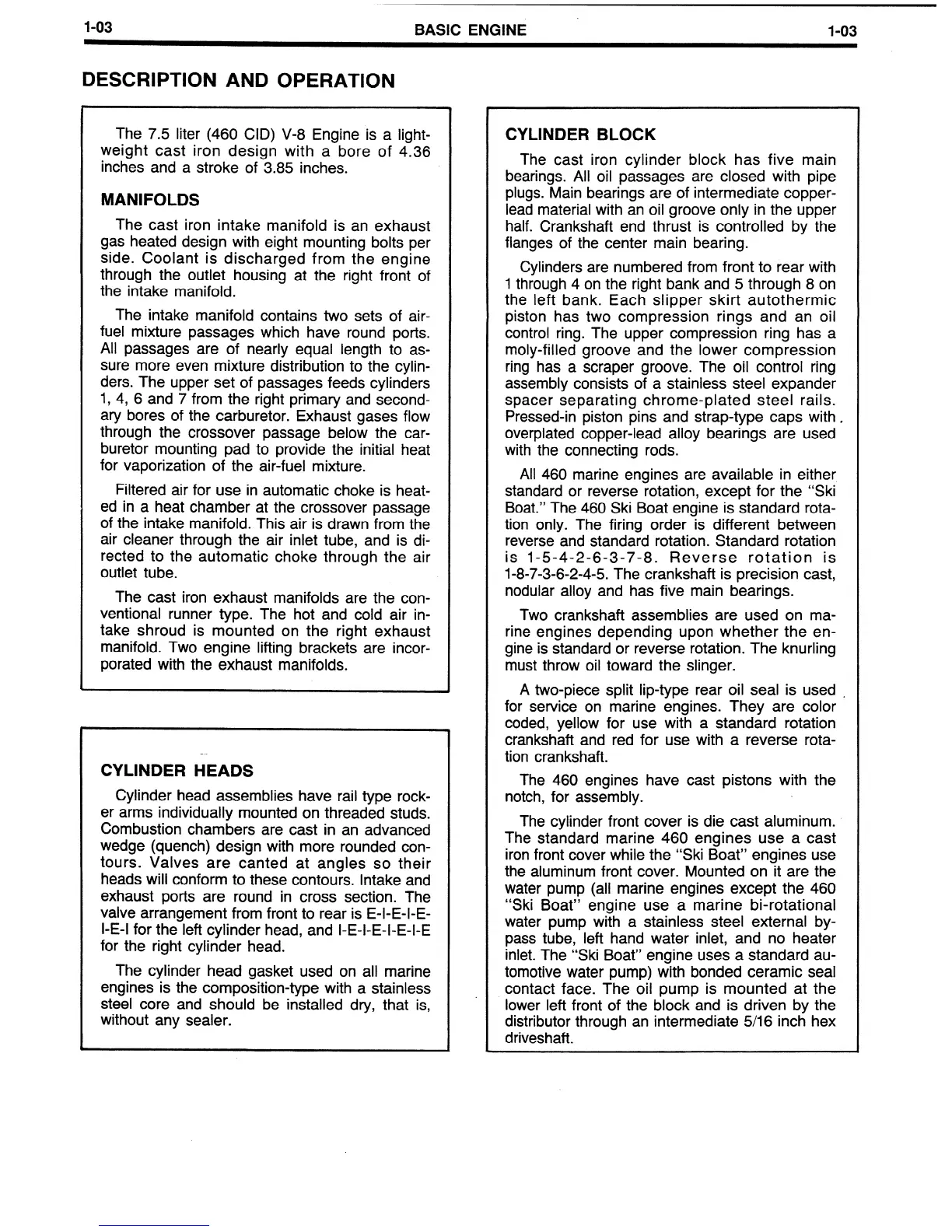
 Loading...
Loading...
Do you have a question about the Ford LSG 875 and is the answer not in the manual?
Explains notes, cautions, and warnings used in the manual.
Engine identification plates and codes.
Detailed explanation of engine components and functions.
Procedures for diagnosing and testing engine systems.
Steps for cleaning and inspecting engine parts.
Procedures for engine overhaul and component replacement.
Steps for adjusting engine components and settings.
Procedures for removing and installing engine components.
Identifying distributor assemblies by stamped tags.
Explanation of the Duraspark II breakerless ignition system.
Procedures for diagnosing and testing the ignition system.
Testing the ignition system's run circuit for spark.
Procedures for removing and installing the distributor.
Explanation of the centrifugal advance distributor.
Major repair operations for Prestolite distributors.
Identifying carburetors by their tags.
Description of the fuel pump and its operation.
General information about fuel system diagnosis.
Procedures for testing fuel pump pressure and capacity.
Procedures for removing and installing the fuel pump.
Description of the Model 2300 2-V carburetor.
Procedure for adjusting the idle mixture screws.
Performing the wet adjustment of the fuel level float.
General service procedures for carburetor cleaning and inspection.
Description of the alternator and its function.
Description of the electronic voltage regulator.
Procedures for diagnosing charging system issues.
Battery warnings, handling, and specifications.
Procedure for testing battery capacity using a discharge tester.
Tests for Motorola alternators and regulators.
Diagnosing over voltage conditions in the charging system.
Testing the alternator rotor for open or short circuits.
Procedures for removing and installing the alternator.
Disassembling the rear terminal alternator.
Procedures for checking and adjusting belt tension.
Overview of the starting system components and operation.
Step-by-step operation of the starting system.
Safety precautions and procedures for jump starting.
Performing a starter load test to check current draw.
Disassembling and cleaning/inspecting the starter motor.
Procedures for replacing the starter armature.
Description of the permanent magnet starter system.
Testing the starter motor operation.
Performing a starter load test.
Procedures for removing and installing the starter motor.
Disassembling and cleaning/inspecting the starter motor.
Description of belt-driven mechanical governors.
Troubleshooting mechanical governor issues.
Adjusting governor spread for sensitivity.
Description of the cooling system and coolant flow.
Procedures for testing the cooling system.
Procedures for performing a cooling system pressure test.
Procedures for testing the thermostat's operation.
Procedures for replacing the thermostat.
Procedures for cleaning the cooling system.
General engine specifications and dimensions.
Specifications for rocker arms, push rods, and lifters.
Specifications for camshaft and bearing dimensions.
Specifications for ignition system components.
Specifications for various carburetor models.
Introduction to metric fasteners and their specifications.
Nomenclature for English and metric system bolts.
Identification marks for hex nut strength.
Table for converting Newton meters to pound-feet.